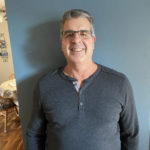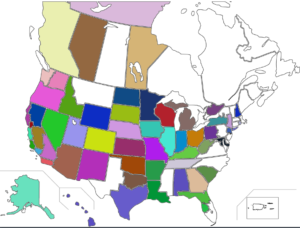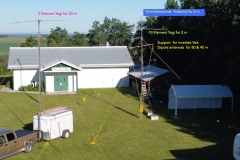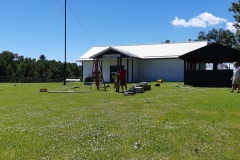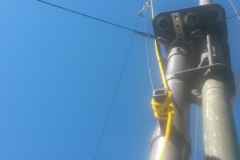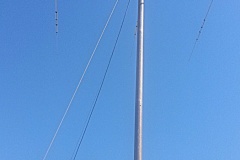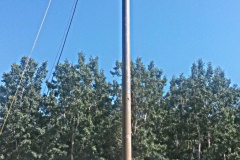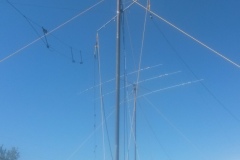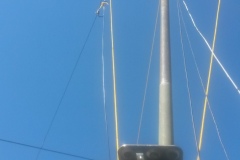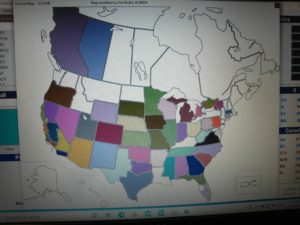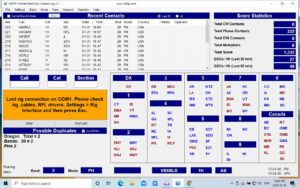- Home
- Registration
- Site Tools
- Articles
- Swap n Shop
- Contesting
- Grounding information for everyone
- History of the Central Alberta Amateur Radio Club
- CAARC owned Repeaters
- Club Repeater Info
- GMT Time Conversion Table
- VE/VA6 Incoming QSL Bureau
- Pine Lake Tornado Friday July 14, 2000.
- Amateur Radio to the Rescue
- CANWARN
- HAM Nation with Bob Heil K9EID
- Net info
- Events.
- ARES
- Links and On line study course.
- Field Day 2019
- Members D/L
- Forum/Swap and Shop
Club Events
November election results
Nov 29th
The results of the November Annual General meeting are listed below. Congratulations to the new executive.
NEW CAARC Executive for 2022 – 2023
CAARC Executive for 2022-2023
Vice President– Greg McKinney,VA6GMC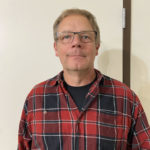 More >
More >

Have you paid your dues and confirmed your RAC membership to the executive?
Nov 15th
Club memberships are due in November. Please submit your dues as shown below.
Club memberships are $25.00 each or $30.00 for a family and are due now. You must be a paid-up member to be eligible to vote at the Annual General meeting in November. Cheques may be mailed to Central Alberta Amateur Radio Club, Box 1103, Red Deer, AB, T4N 6S5. If you prefer, Garry VE6CIA has also agreed to accept e-transfers for club memberships at ve6cia at gmail dot com. This is what we did for the club raffle earlier this year.
Club insurance is due. Please also confirm your RAC membership by email ( ve6cia at gmail dot com ) so we can get the best rate for the club.
can also download the CAARC membership and renewal form under the “Site tools” tab and send your dues by snail mail to the listed address on the bottom of the form or bring it to the meeting. Your support helps keep your repeaters operating and your club active.
Thank you from your executive
73 CAARC Executive
End of Summer Social
Aug 25th
Please mark your calendar for the CAARC End of Summer Social Friday, September 2, 2022 16:00 – 20:00. John VE6HPY is hosting this event at his place again. Please bring your significant other, lawn chairs and a pot luck item. The club is providing hot dogs and buns and John is providing the fire! Hope to see you there! (go west of Hwy 2 on 11A to the first right after the lights at Blue Grass Sod Farm (280), it is the second driveway on the left)
Please RSVP to Sandy VE6SND at rac dot ca

Field Day Pictures 2021
Jul 5th
Thanks to everyone who submitted these pictures. Be sure to check all four pages at the bottom of the first page for all the pictures.
These are the field day results as submitted to ARRL (Thanks VA6SGL ) Great job everyone!
VE6QE_FD_Report
RAC Canada Day Contest
Feb 3rd
I just received this in my in box today!
VE6BLD RAC Canada Day Contest 2020Winter Field Day Fun VE6BLD
Jan 31st
I spent about 6 hours Sat and Sunday working the Winter Field Day. The bands were good until after 9 Saturday night. I slept in Sunday till 9:30 but managed a lot more contacts till noon.
Here are my results.
51 Sections, 38 States, 222 contacts, 1320 points,
80m, 40m, 20m, 15m, 6m, 2m.
I hope to see some more results from others here.
Bob VE6BLD
CAARC 2020 Official Field Day Scores
Dec 16th
I finally looked in the December QST for the 2020 ARRL Field Day Results.
Boy, are there a lot of entries to read through this year.
Our Central Alberta ARC showed 7 entries for a total of 2,928 points. These were the participants that I could confirm in the listings (my digital copy had very small print and I don’t think it supports “Find”}:
(December 19, adding information VA6SJA)
Station Class Points
VE6CIAÂ Â Â Â 1DÂ Â Â Â Â Â Â Â Â Â Â Â Â Â Â Â Â Â Â Â Â Â Â Â Â Â Â Â Â Â 644
VA6SJAÂ Â Â Â 1EÂ Â Â Â Â Â Â Â Â Â Â Â Â Â Â Â Â Â Â Â Â Â Â Â Â Â Â Â Â Â 384
VE6WCEÂ Â Â 1DÂ Â Â Â Â Â Â Â Â Â Â Â Â Â Â Â Â Â Â Â Â Â Â Â Â Â Â Â Â Â Â 56
VA6MPMÂ 1B 1 Operator Battery 155
Points accounted for 1,239.
In addition, by some technical glitch, it appears that the VE6BLD entry was not recorded. He sent in his entry and used the club name Central Alberta ARC. That station had 372 voice QSOs which would have added 372 points to our total.
As a matter of interest. there were scores as low as 2 in the 1D category and 46 in the 1E category. So, you should not have felt that your score was too low to submit.
Did you participate under the Club Name of Central Alberta ARC? Would you like to add your statistics here?
If you cannot look up your own score, send your claimed score to me at va6sja@rac.ca and I will try to confirm it.
John VA6SJA
CAARC Participation in 2020 ARRL Field Day
May 21st
Paul VA6MPM has agreed to co-chair distribution of information for CAARC members’ (and any other interested amateur’s) entries in the ARRL Field Day.
We encourage your participation in the 2020 ARRL Field Day on June 27 and 28, and your submission of your individual station score to the ARRL. The 24 hours of on-air operations start at 1800Z June 27. You may operate for any convenient part of that period.
We are going to publish what we hope are bite-sized chunks about participating in Field DayThe official ARRL Classes for one or two participants are (from easiest to hardest), choose one:
- Home station using only one of your own call signs (Class D). Another licenced household member may also use this station equipment with only one of their own call signs for a separate entry. Class D stations may not count contacts made with other Class D stations. Using emergency power for a home station changes your class to Class E and allows you to claim a bonus and also allows contacts with any Field Day Station to be counted.
- Vehicular Mobile (Class C): Stations in vehicles capable of operating while in motion and normally operated in this manner. Normally used by one operator with his own call sign.
- Small group portable (Class B) set up and operated by no more than two persons. This can be your regular equipment set up so as to operate from your back yard, and I believe, your garage if it is not your regular operating position. A variant is Class B – Battery, in which All contacts must be made using an output power of 5 Watts or less and the power source must be something other than commercial mains or motor-driven generator. Set-up must start later than 0000 UTC on the Friday (Thursday afternoon or evening local time) preceding the Field Day period. Set up your station up with an effort of a total of 24 hours or less.
In the QST Field Day results each class is listed in in its own category, so in essence, you will compete with similar stations.
We will make further posts, about:
- Which QSOs can be counted and what you have to record for each QSO,
- Point score for each type of QSO
- Multipliers and bonuses
- Reporting your score
Background, official rules, and many hints can be found at http://www.arrl.org/files/file/Field-Day/2020/2020%20Field%20Day%20Packet(1).pdf .
Comments or questions to Paul VA6MPM (find his email on QRZ.com), or John VA6SJA, va6sja@rac.ca .
John VA6SJA and Paul VA6MPM
Central Alberta Amateur Radio Club Fathers Day June Picnic
Apr 12th
Please be advised, the Central Alberta Amateur Radio Club Fathers Day June Picnic has been cancelled till 2021 due to Covid-19.
CAARC participation in ARRL Field Day 2020
Mar 17th
On a posting on February 23 I had asked anyone interested int CAARC’s participation in ARRL Field Day 2020 to come to the March meeting of the Central Alberta Radio Club to establish an organization.
Because of all the commotion about the COVID-19 virus and because I am part of the vulnerable population, I will not be going to the club meeting.
If the club wishes to proceed with participation in Field Day, providing that it seems wise at that time, I am willing to provide advice and support to the extent that I have time. I do think however, that it is time for a new set of “doersâ€, including the chairman, etc.
If you can’t go to the meeting and wish to indicate support, I will collect your comments and advice to send to a member of the club executive. It would be best that I compile these comments before the meeting tomorrow evening.
Please you send me any of your thoughts by noon MDT tomorrow, March 18 AT va6sja@rac.ca ..
John VA6SJA

